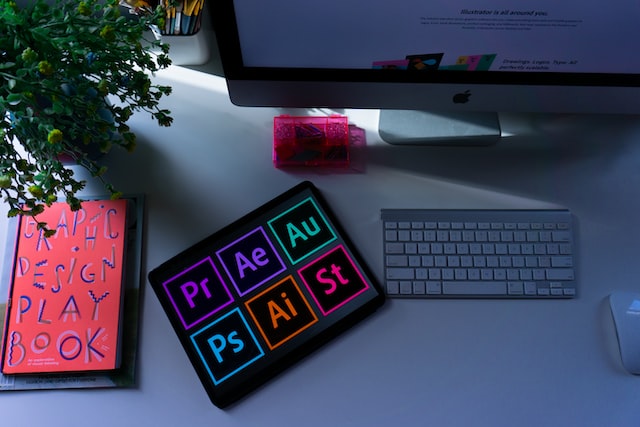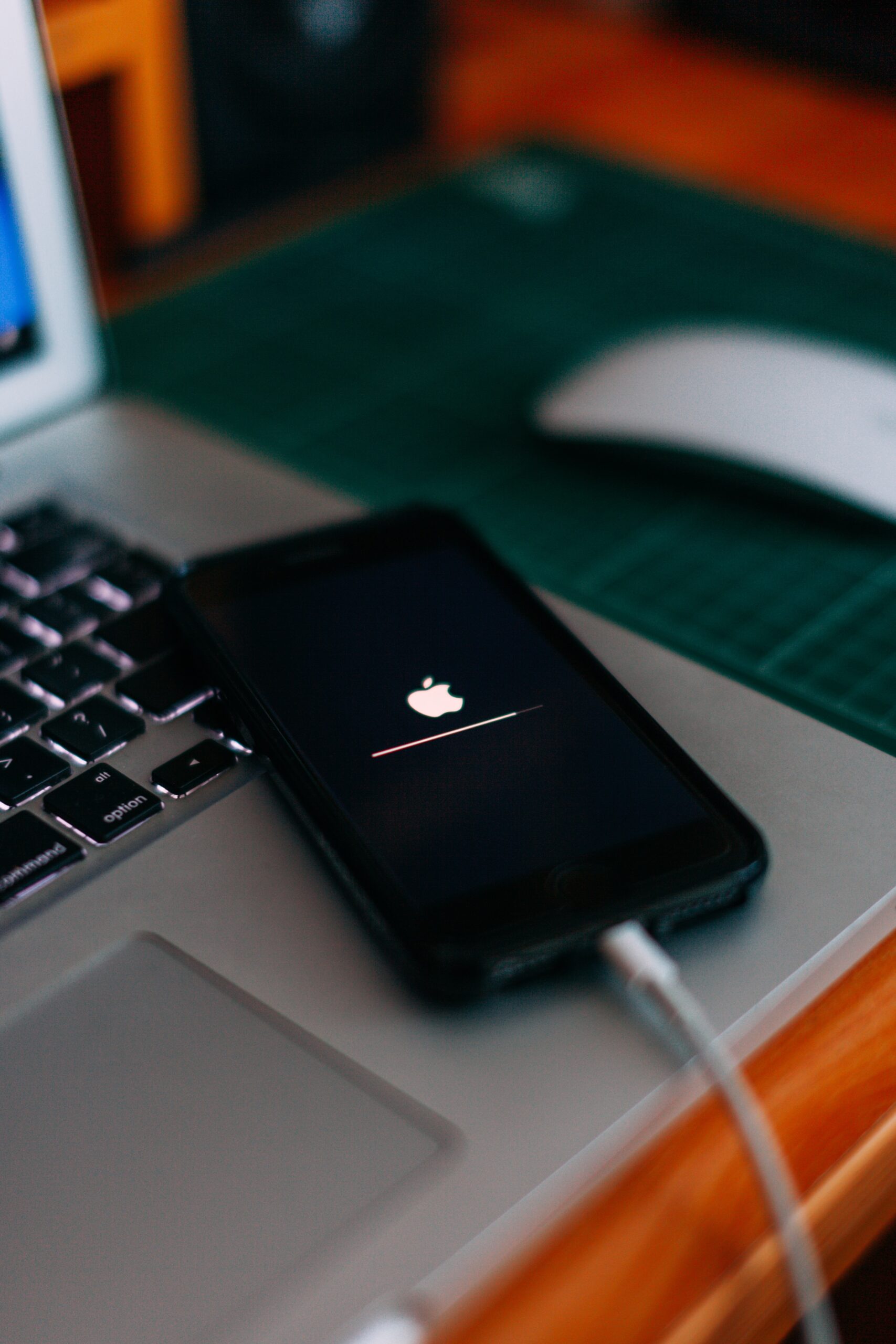Getting Started with 3D Printing: A Beginner’s Tutorial

3D printing, also known as additive manufacturing, has rapidly gained popularity in recent years for its ability to turn digital designs into physical objects. Whether you’re an enthusiast, hobbyist, or someone curious about the world of 3D printing, this comprehensive beginner’s tutorial will guide you through the essential steps to get started with this exciting technology.
Understanding the Basics
Before delving into the practical aspects of 3D printing, it’s essential to grasp some fundamental concepts:
- How 3D Printing Works:
- 3D printing builds objects layer by layer from the ground up using various materials like plastic, metal, or resin.
- The process typically involves a 3D printer reading a digital model and depositing material layer by layer until the entire object is created.
- Types of 3D Printers:
- Fused Deposition Modeling (FDM) printers are common among beginners. They use thermoplastic filaments and are relatively affordable.
- Stereolithography (SLA) printers use liquid resin and ultraviolet light to create detailed, high-resolution prints.
- Selective Laser Sintering (SLS) printers utilize laser beams to fuse powdered material into solid objects.
Choosing a 3D Printer
Selecting the right 3D printer is crucial for a positive beginner experience. Consider factors such as:
- Printer Type:
- FDM printers are user-friendly and budget-friendly, making them an excellent choice for beginners.
- SLA printers offer higher resolution but may be more complex and expensive.
- Build Volume:
- The build volume determines the maximum size of objects you can print. Choose a size that suits your intended projects.
- Ease of Use:
- Look for printers with user-friendly interfaces, easy assembly, and good customer support.
Software and Design
Once you have your 3D printer, the next step is to create or find 3D models to print:
- 3D Modeling Software:
- TinkerCAD and Fusion 360 are popular for beginners due to their user-friendly interfaces.
- Blender and AutoCAD offer more advanced features for experienced users.
- Downloading Models:
- Websites like Thingiverse and MyMiniFactory offer a vast collection of pre-made 3D models for free or purchase.
Preparing for Printing
Before initiating the printing process, there are crucial steps to ensure success:
- Slicing Software:
- Slicing software converts your 3D model into layers the printer can understand. Cura and PrusaSlicer are commonly used for FDM printers.
- Settings:
- Adjust print settings, including layer height, infill density, and print speed, based on your project’s requirements.
- Calibrating Your Printer:
- Calibrate the printer to ensure accurate printing. This includes leveling the bed, setting nozzle temperature, and calibrating the extruder.
Printing Your First Object
With everything set up, it’s time to start your first 3D print:
- Loading Filament:
- Feed the filament into the printer according to the manufacturer’s instructions.
- Initiating the Print:
- Load your sliced file onto an SD card or directly connect your computer to the printer.
- Monitoring the Print:
- Keep an eye on the print to address any issues that may arise.
Post-Processing
Once the print is complete, there are a few final steps to consider:
- Removing Supports and Rafts:
- If your print includes support structures, carefully remove them using pliers or cutters.
- Finishing Touches:
- Sanding, painting, or applying other finishes can enhance the appearance of your print.
Conclusion
Getting started with 3D printing may seem overwhelming at first, but with the right equipment, software, and knowledge, it becomes an accessible and rewarding hobby. As you gain experience, you can explore advanced techniques and materials to broaden your 3D printing capabilities. Happy printing!




